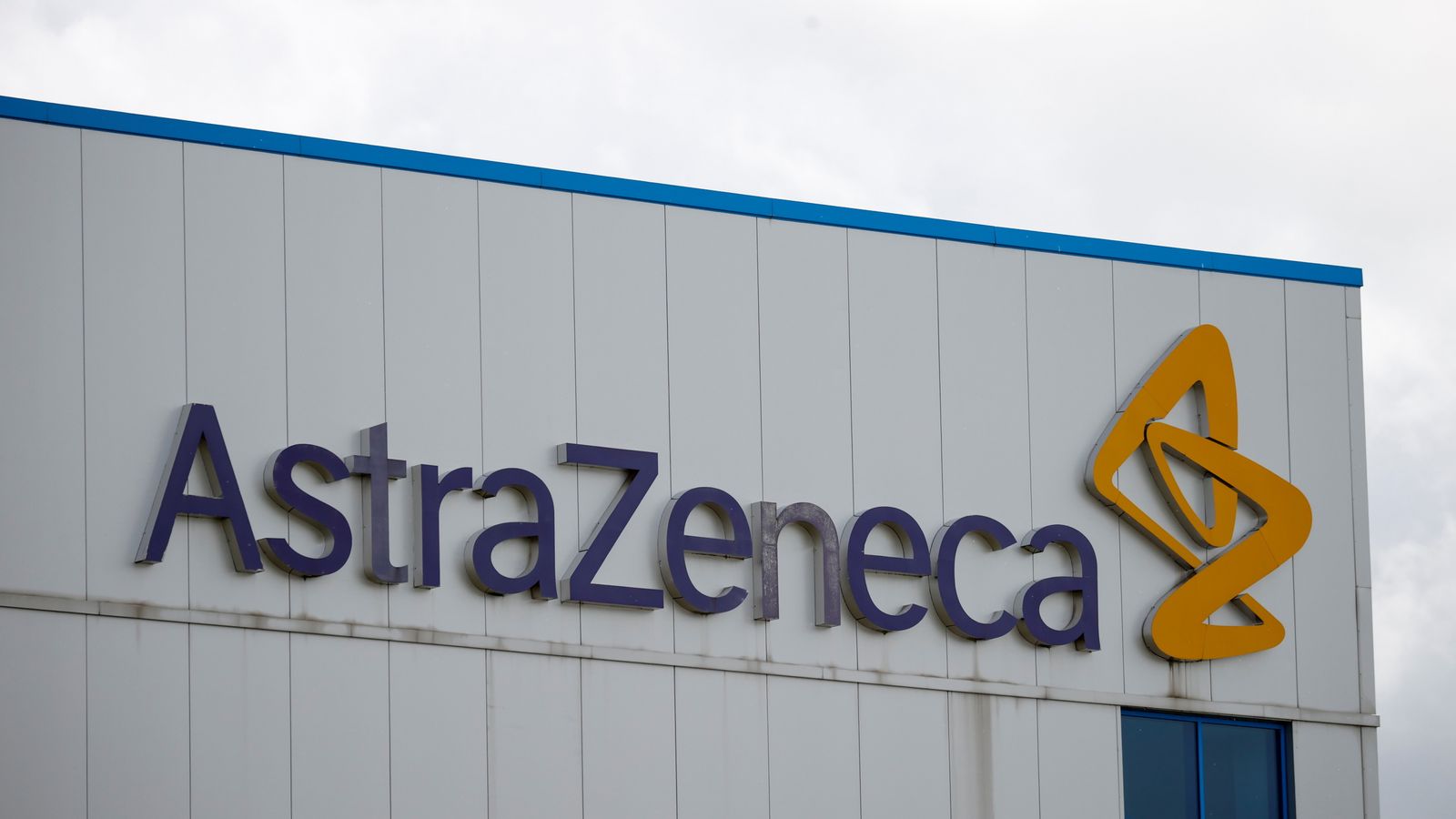Cowper’s Cut 390: ‘Kiss my rebate’, Streeting tells pharma, putting the V into VPAG

‘Cut’ readers won’t have failed to notice the pharmaceutical industry’s recent months of less-than-subtle lobbying against the Voluntary Scheme for Branded Medicines Pricing and Access (VPAG) scheme.

The Department For Health But Social Care’s latest update on the scheme’s operation (for May 2025) is here.
Negotiations between the DHBSC and the Association of British Pharmacutical Industries (ABPI) and its constituent pharma company members have broken down over the latest iteration of the VPAG, as the Financial Times revealed this week. In the absence of a new agreement, the old deal rolls over until the current deal ends in 2028.
The FT previously reported on the Health Secretary’s “private ultimatum to the Association of the British Pharmaceutical Industry … warning it to accept his offer or he would publicly end the talks”.
The DHBSC’s Friday statement announced that “it is regrettable that following weeks of delay, ABPI members are unwilling to take our proposals to a board vote. We have therefore determined that the interests of patients and the NHS are best served by concluding the review and continuing with the existing . . . scheme unamended.”
Putting the V into VPAG

There has been significant national media coverage of the possibility that Astra Zeneca, one of the UK’s remaining big pharma companies, would re-list in the US.

That would be a big deal: AZ is the FTSE100’s biggest company. As Sky News noted, “in January, the company cancelled a planned £450 million investment in a vaccine factory on Merseyside, accusing the government of reneging on the previous Conservative administration's offer of financial aid. At the same time, it has been rebuilding its presence in the United States”.
Here we come to the nub of the issue. US President Donald Trump’s unique brand of economic gangsterism involves hitherto unseen levels of dirigisme towards private companies, to such an extent that one wonders if Mr Trump had a French grandmother about whom we hear inexplicably little.
President Trump’s repeated battle cry to pharma companies does not involve threatening that he would legislate to allow the US knock-off of NICE to consider drugs’ cost-effectiveness (which was banned in the legislation from its ‘creator’, former President Barack Obama). Instead, President Trump orders US-based or US-listed pharma companies to raise their prices on the rest of the world, and particularly on Europe, to cross-subsidise cheaper prices in the USA.
I’m old enough to remember when Republicans in the USA were firm believers in free markets and so against trade barriers such as tariffs, but there we go: these are interesting times.

There is a domestic political paradox at work here, too.
Prime Minister Sir Keir Starmer already promised President Trump that the UK would pay more for medicines as part of the UK’s tariff negotiations with the USA. A clause in the recent UK-US trade deal saw this country “confirm(s) that it will endeavour to improve the overall environment for pharmaceutical companies operating in the United Kingdom”.
However, the inevitable ‘who pays this extra possible £1 billion?’ row is under way between DHBSC and our dear amigos, The Treasury Munchkins.

I’m also old enough to remember when SOS Streeting used to promise that “we will make Britain a powerhouse for life sciences and medical technology. If we can combine the care of the NHS and the genius of our country’s leading scientific minds, we can develop modern treatments for patients and help get Britain’s economy booming”.
Indeed, Mr Streeting used to issue press releases of his telling the Tony Blair Institute that “I want to end the begging bowl culture, where the Health Secretary only ever goes to the Treasury to ask for more money. I want to deliver the Treasury billions of pounds of economic growth”.
From begging bowl to powerhouse (or vice versa): it’s quite a ride. And it raises the amusing spectre of the NHS and DHBSC trying to treat UK-listed pharma companies differently from those based overseas, which would be a fiesta for lawyers.
In the meantime, get ready for further not-really-news stories like this from US-based Gilead Sciences (great name!), vowing not to submit Trodelvy (a new drug which extends lives for a sub-group of about 500 UK women with incurable secondary breast cancer) because NICE-backed UK prices will not make them enough money.
Fear and Palantir
Health Service Journal’s Joe Taylor’s spotted that the National Infrastructure and Service Transformation Authority’s latest annual report reveals that the full business case for the Federated Data Platform for the English NHS (which has never been made public) estimated the whole-life cost of the programme to be £1.04 billion over its seven-year lifespan. Palantir was, you will recall, the winning bid leader.
Longstanding ‘Cut’ readers may be almost weary of my standard disclaimer here: I was a paid member of Palantir UK’s health advisory panel in the run-up to their successfully winning the FDP contract. The panel was subsequently disbanded and I have had no financial dealings with them since that, but I’ve retained an interest in how Palantir, and the FDP, are doing.
It won’t surprise anyone who understands tech implementation that the £330 million cost of the actual FDP contract package is greatly less than the total multi-year cost of successfully implementing and integrating it into working practices and legacy systems.
Joe’s article cites NHS England suggesting that the remaining £670 million was allocated to “support the broader transformation work both locally and nationally that use of the NHS FDP will enable”, such as “business change activities”, which might include support on theatre utilisation or discharge tools.
NISTA’s annual report also revealed that NHSE estimated the financial benefits of the FDP to be worth £777 million over seven years in its full business case.
Joe also cites this NHS England blog by Louise Schmidt on how NHSE define FDP benefits, as their estimate of the value of what benefits it will deliver has now risen to £2.53 billion: nearly quadrupole that original estimate.
So it’s all going swimmingly? Erm, no - as anyone who’s had anything to do with the FDP rollout well knows. Although 72 hospital trusts are now “live” on the FDP and “actively reporting benefits” according to NHSE, NISTA’s report highlights that NHSE underspent on the FDP programme by 17.2 per cent in 2024-25 due to “a lower number of products being taken by trusts, than was planned in the budget”. This is expected to be mitigated in 2025-26 as the programme “continues to generate demand” and is “above target”.
Erm, so it’s generating demand and above target while underspent and off product rollout target in 25-26? How does that work?
The NISTA report notes that work is ongoing to “review engagement approaches and identify opportunities to support improved uptake and delivery in future periods”, which rather more accurately indicates why FDP rollout has not been a bed of roses.
Palantir were advised clearly and repeatedly that if they won the contract, successful rollout of the FDP was going to require a nuanced and serious understanding of NHS organisational culture. It was going to need to consider how to clarify and ‘sell’ the FDP’s pull factors as well as the national mandatory push factors, and to understand that the phrase ‘NHS England say you must do this’ was not sufficient to get successful rollout happening.
As George Bernard Shaw so nearly said, you can take a horse to water but you can’t make them drink.

Are Palantir the most overvalued firm of all time? The Economist makes this argument, in the context of various serious economic and business writers issuing early warnings that the current AI valuation bubble is a valuation bubble.

Oh, and while we’re on the tech front, it was good to see Milton Keynes NHS FT chief executive Professor Joe Harrison spotting the change in the prevailing wind, and deciding to step down from leading the national work on the NHS app.
He is no fool, Joe.
More, deeper reasons behind UK changes to training doctors
I’m grateful to another reader for a further clarification on the topic of why UK junior doctors’ training changed so significantly in the 2000s.
This person writes, “your two correspondents this week were partly right that in some senses it was the EU Working Time Directive which blew up NHS consultant firms and led to the anomie of junior doctor shift-working.
“What they neglected to mention (or didn't know) was:
a) that it wasn't the WTD per se that caused the problem - indeed it was the pre-1997 Conservative Government that acceded to it, without much ill effect on hospital staffing. It was the much more expansive European Court of Justice rulings in SIMAP and Jaeger, which tasserted that being asleep in on-call accomm had be treated as the same as being awake on the wards. This was what generated the potential problem.
b) but that potential problem was only made actual for the NHS because the then-BMA Junior Doctors Committee pledged to sue the UK Government if they failed to implement to the letter the Simap & Jaeger rulings in the NHS by introducing shift systems. The BMA consultants committee and BMA corporate at the time privately said they thought this was stupid and would be counterproductive, but claimed to be powerless to stop the juniors. The Royal College of Surgeons was also for good reason opposed, as were their trainees.
“However the bottom line is sadly this - successive generations of short- sighted egotistical, careerist and sometimes ideological BMA resident doctors are literally reaping what they sew. When will ever learn?”
Recommended and required reading
Unusually good HSJ comment piece on how and why we are wasting the NHS management consultancy resource.
The Times profiles and promotes the new book by Matthew Hutchinson about his life as an NHS doctor.
Topically, given the start of this week’s column, Steve Black’s latest ‘Mythbuster’ column for HSJ looks at whether US President Donald Trump is right about the NHS spending too little on medicines.






